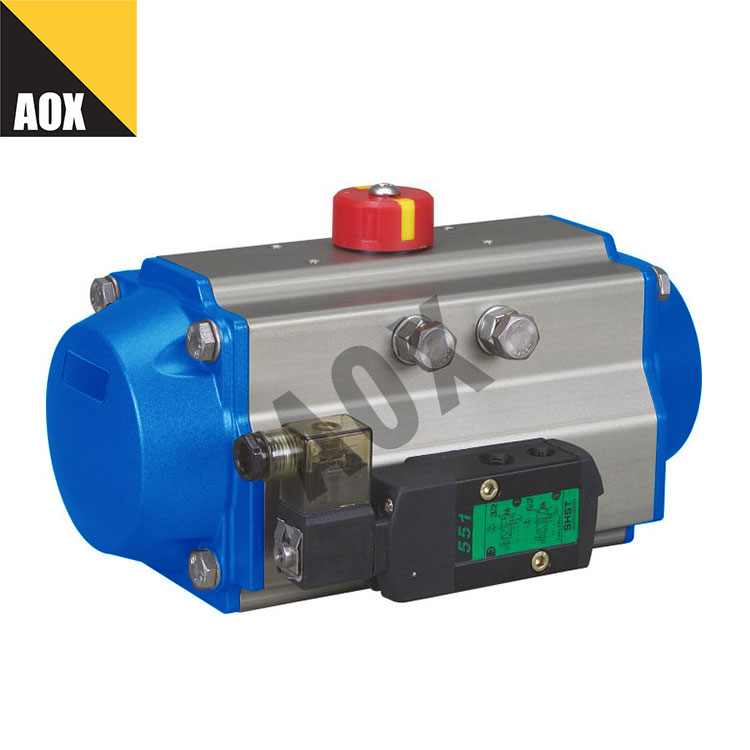Understanding Pneumatic Actuators: How They Work and Their Applications
2025-03-07
Pneumatic actuators play a crucial role in industrial automation, converting compressed air into mechanical motion to operate valves, machinery, and other equipment. They are widely used in manufacturing, automotive, food processing, and many other industries due to their reliability, efficiency, and ease of use.
What Is a Pneumatic Actuator?
A pneumatic actuator is a device that uses compressed air to generate linear or rotary motion. It typically consists of a cylinder, piston, and control valve, working together to produce movement when air pressure is applied. These actuators are essential for automating processes that require precise and consistent motion.
How Pneumatic Actuators Work
1. Compressed Air Supply: Air is supplied to the actuator through a control valve.
2. Piston Movement: The air pressure pushes the piston inside the actuator, converting the energy into mechanical motion.
3. Direction Control: Depending on the design, the actuator moves in a linear or rotary direction.
4. Exhaust Air Release: The used air is released from the actuator, allowing it to return to its original position.
Types of Pneumatic Actuators
Linear Actuators
These actuators produce straight-line motion and are commonly used in lifting, pressing, and positioning applications. They include:
- Single-acting cylinders: Operate with air pressure in one direction and a spring return.
- Double-acting cylinders: Use air pressure for both extension and retraction, offering greater control.
Rotary Actuators
These actuators produce rotational motion, typically used for operating valves and mechanical arms. They can rotate a set angle, such as 90 or 180 degrees.
Advantages of Pneumatic Actuators
1. Fast and Efficient Operation
Pneumatic actuators respond quickly, making them ideal for applications requiring rapid and repetitive movements.
2. Durability and Reliability
They have a long lifespan and can withstand harsh environments, including high temperatures and dusty conditions.
3. Cost-Effective Solution
Compared to electric or hydraulic actuators, pneumatic actuators are more affordable, require less maintenance, and have lower operating costs.
4. Safe for Hazardous Environments
Since they do not produce sparks or require electricity, pneumatic actuators are suitable for explosive or flammable environments.
5. Simple Design and Easy Maintenance
With fewer moving parts, pneumatic actuators are easy to install, maintain, and repair, reducing downtime in industrial processes.
Common Applications of Pneumatic Actuators
- Industrial Automation: Used in robotic arms, conveyor systems, and assembly lines.
- Valve Control: Automates the opening and closing of process control valves in industries like oil and gas.
- Packaging and Food Processing: Ensures smooth and precise handling of products.
- Automotive Industry: Powers tools, presses, and robotic applications in vehicle manufacturing.
Choosing the Right Pneumatic Actuator
When selecting a pneumatic actuator, consider the following factors:
- Operating Pressure and Force Requirements: Ensure the actuator provides enough power for the application.
- Type of Motion Needed: Choose between linear and rotary motion based on your system’s needs.
- Environmental Conditions: Select an actuator with materials and seals suitable for extreme temperatures, moisture, or chemicals.
- Size and Space Constraints: Ensure the actuator fits within the designated installation area.
Final Thoughts
Pneumatic actuators are essential components in industrial automation, providing efficient, durable, and cost-effective motion control. Their ability to operate in harsh environments and deliver reliable performance makes them a preferred choice across multiple industries. Understanding their working principles and applications can help businesses optimize their automation processes and improve overall productivity.



